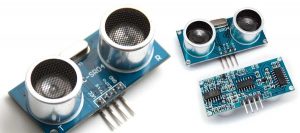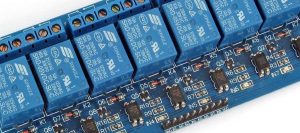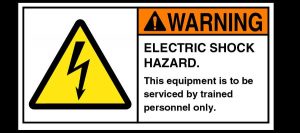Inkscape – Path operations & alignment
May 27, 2018
Inkscape has a number of commands to form new paths from two or more preexisting paths. The z-order of the paths is important. It does not matter if you click object A first and then object B, or vice versa – it is the order of the parts i.e. which part sits on top that […]
AoC 2017 Advent of Code (Python)
December 31, 2017
Advent of Code (AoC) is an Advent calendar of small programming puzzles for a variety of skill sets and skill levels that can be solved in any programming language you like. Go check it out: Advent of Code Input files: adventofcode2017inputs.zip 2017 Day 25 1 2 3 4 5 6 7 8 9 10 11 […]
Windows Gadgets
April 13, 2017
I use Windows Sidebar Gadgets (originally developed for Windows7) in Windows 8/10. You can install 8GadgetPack from the internet to do so. I like being able to use my computer as an alarm clock to show me a message after X minutes or at a specific time. Most countdown / alarm clock timers play a […]
AoC 2016 Advent of Code (Python)
December 31, 2016
Advent of Code (AoC) is an Advent calendar of small programming puzzles for a variety of skill sets and skill levels that can be solved in any programming language you like. Go check it out: Advent of Code Input files: adventofcode2016inputs.zip 2016 Day 25 1 2 3 4 5 6 7 8 9 10 11 […]
Arduino + HC-SR04
November 4, 2016
Description The HC-SR04 ultrasonic sensor uses sonar to determine distance to an object like bats do. It offers excellent non-contact range detection with high accuracy and stable readings in an easy-to-use package. From 2cm to 400 cm or 1” to 13 feet. Its operation is not affected by sunlight or black material. Acoustically soft […]
Arduino + WS2812
November 2, 2016
Description You can purchase long flexible strips of small surface mounted LEDs that come on a spool. You can cut the strip to length at the cut marks. You can solder strips together by using the solder pads. There are a number of different type of SMD (surface mounted device) LEDs available: The most common […]
Arduino + Mains power (433MHz TX + Safe)
November 1, 2016
Description Do NOT interface an Arduino board with any mains power cabling, components, etc. However, rather than telling you what you can’t do, the polite thing to do would be to at least provide you with a solution how you can achieve the desired result in a safe way. Remote Control Mains Operated Switch In […]
Arduino + Relay
October 30, 2016
Warning Do NOT use this tutorial to connect a relay to 230Vac mains power. I have blown the cap of a LED by connecting it directly between +5Vdc and ground once. I have melted an electrolytic capacitor by connecting it to a voltage higher than it was rated for. There are not too many people […]
Arduino + Safety
October 30, 2016
Electrical safety considerations This article is a strong warning to not open or manipulate any mains powered electrical equipment. Do NOT interface an Arduino board with any mains power cabling, components, etc. This document provides some basic guidelines how to make electronics equipment electrically safe. If anything I hope you will learn something from this. […]
Arduino + DS1307
October 28, 2016
Description A Real Time Clock (RTC) is basically just like a watch – it runs on a battery and keeps time for you even when there is a power outage. Using an RTC, you can keep track of long timelines, even if you reprogram your microcontroller or disconnect it from USB or a power plug. […]








